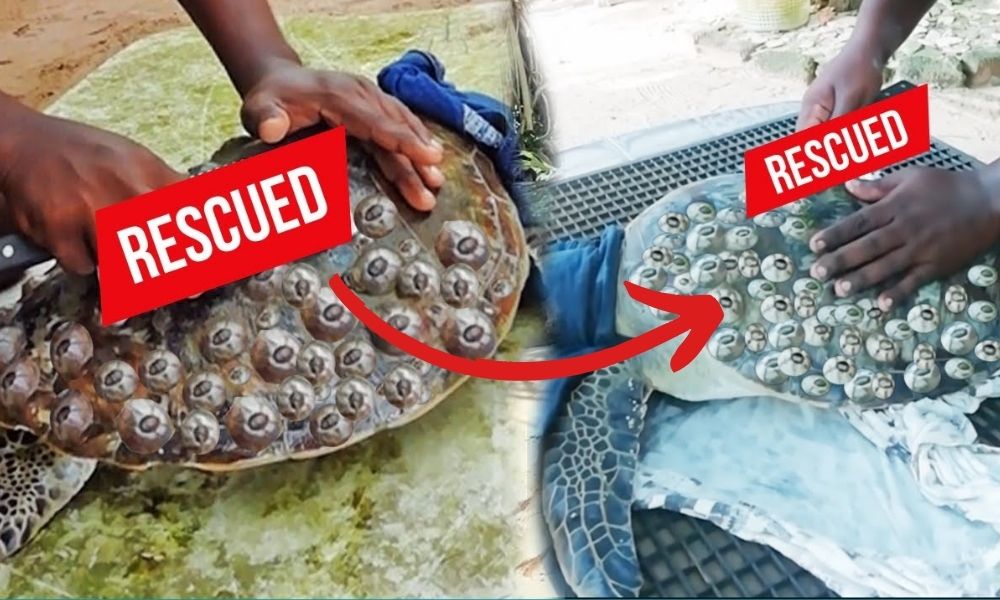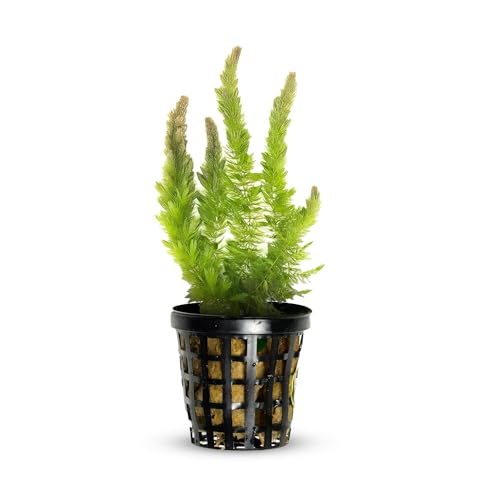A turtle basking light should be on for 10-12 hours daily to mimic natural sunlight. This helps regulate their metabolism and maintain overall health.
For pet turtles, providing the right amount of basking light is crucial for their well-being. Mimicking the natural light cycle in their habitat can help regulate their body functions and support their overall health. We will discuss the importance of basking lights for turtles, how long they should be on, and the benefits they provide.
Understanding the role of basking lights in your turtle’s care routine can lead to a happy and healthy pet. Let’s dive into the world of turtle basking lights and their significance in creating a suitable environment for your shelled companion.
Natural Habitat Of Turtles
Turtles require a basking light for 10-12 hours a day to mimic their natural habitat. This light should be on during the daytime and turned off at night to provide warmth and encourage natural behavior. In the wild, turtles bask in the sun to regulate their body temperature and absorb UVB rays.
| Turtles need basking light for 10-12 hours daily. |
| Natural habitat provides sunlight for their warmth and metabolism. |
| Turtles bask to regulate their body temperature and synthesize Vitamin D. |
Basking Light In Captivity
When keeping a turtle in captivity, it’s crucial to provide a basking light to replicate natural sunlight. The basking light should be on for 10-12 hours per day to mimic the natural light cycle. This helps maintain the turtle’s body temperature and provides the necessary UVB and UVA rays. UVB rays are essential for synthesizing vitamin D3, which is crucial for calcium metabolism and overall health. On the other hand, UVA rays help stimulate natural behaviors and regulate the turtle’s circadian rhythm. Ensure the basking area is warm and that the light is positioned at an appropriate distance to provide the necessary UV radiation without overheating the turtle. Always consult a reptile specialist to determine the specific lighting requirements for your turtle’s species.
Ideal Basking Time
The ideal basking time for a turtle is around 8-12 hours per day. However, the actual duration may vary depending on several factors. One of the most crucial factors affecting basking duration is balancing heat and light. Turtles need heat to regulate their body temperature and light to synthesize vitamin D. Therefore, the duration of basking should be enough to provide both heat and light.
Other factors affecting basking duration include the age and species of the turtle, the type and wattage of the basking light, and the size and temperature of the basking area. For example, younger turtles may require more basking time than older ones, while aquatic turtles may need less basking time than terrestrial ones.
In general, it is best to consult with a veterinarian or a reptile expert to determine the ideal basking time for your turtle. They can also provide guidance on other aspects of turtle care, such as diet, hydration, and habitat.
Basking Light Schedule
Turtle basking light should be on for 10-12 hours per day. Daytime basking provides UVB light essential for calcium metabolism. Nighttime basking disrupts turtle’s sleep cycle. Seasonal variations may require adjustments to the basking light schedule.
Monitoring Basking Behavior
Turtle basking light should be on for 10-12 hours a day. Ensure the light provides UVB rays to help with calcium metabolism. Watch for signs of insufficient basking like lethargy or soft shell. Inadequate basking can lead to metabolic bone disease and poor immune function.
Adjusting Basking Light
When keeping a turtle as a pet, providing the right amount of heat and light is crucial for its health. The basking light is an essential component of a turtle’s habitat, as it helps regulate its body temperature and aids in digestion. The amount of time the basking light should be on varies depending on the species of turtle and its age.
Adapting To Individual Species
Some turtle species require more basking time than others. For example, aquatic turtles need around 12-14 hours of light per day, while box turtles only require 10-12 hours. It’s important to research the specific needs of your turtle’s species to ensure it’s getting the right amount of light.
Changes With Age
As turtles age, their basking needs may change. Young turtles require more basking time than adults, as they need to build up their immune system. As they age, their basking time can be gradually reduced. It’s important to monitor your turtle’s behavior and adjust the basking time accordingly.
Conclusion
The ideal duration for a turtle basking light is 10-12 hours daily. This ensures their health and well-being. Remember to monitor temperature and adjust lighting accordingly. Providing proper basking conditions is crucial for your turtle’s overall happiness and longevity. Keep your shelled friend basking happily!




Leave a Reply